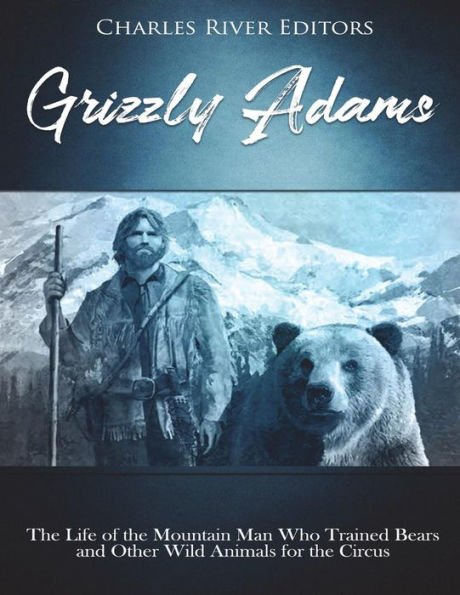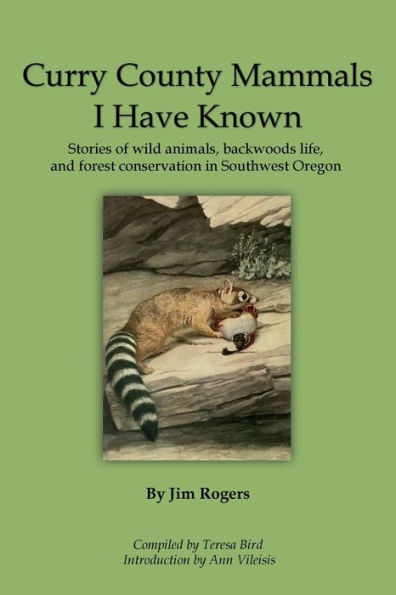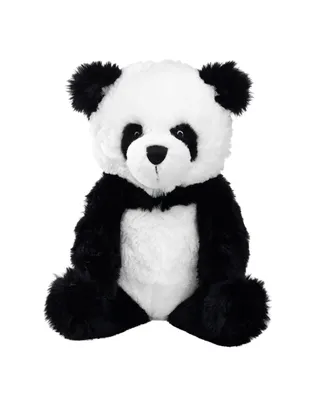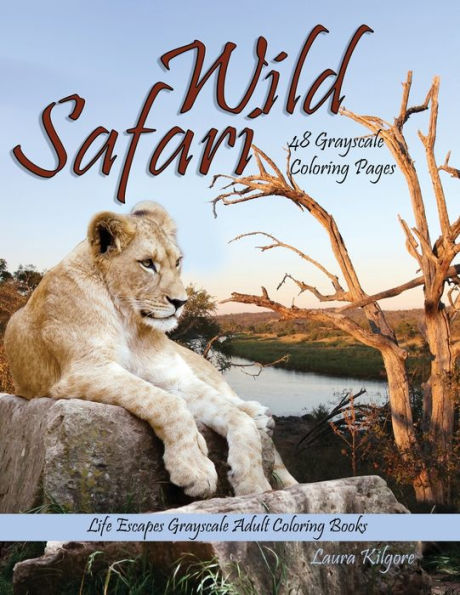Home
Grizzly Adams: The Life of the Mountain Man Who Trained Bears and Other Wild Animals for the Circus



Grizzly Adams: The Life of the Mountain Man Who Trained Bears and Other Wild Animals for the Circus
Current price: $11.14
Loading Inventory...
Size: OS
*Includes pictures
*Includes contemporary accounts
*Includes online resources and a bibliography for further reading
By the golden age of the mountain man in the mid-19th-century, there were perhaps only 3,000 living in the West. Their origins were disparate, although they included many Anglo-Americans. A good number hailed from wilderness regions of Kentucky and Virginia and throughout the newly purchased Louisiana Territory, which occupied the entire central section of the continent. French Canadians traveled from the north to work in the fur trade, while Creole-Europeans represented approximately 15% of the men known to be living the isolated mountain life. Others were of Métis, Spanish, American, Black, Indian, and mixed-blood origin, most often Iroquois or Delaware. Most came to the West in their late adolescent years, the oldest learning the trade in their 30s. Many roamed the west for as long as their constitutions would hold up under constant attacks on their health and personal safety. Some stayed too long and failed to survive the experience. Among the most famous, Jim Bridger arrived at the age of 16, while Edward Robinson was eventually killed in his 60s by what were known as "bad snakes," a reference to the Snake tribe in Idaho country. Jim Beckwourth left the mountains at 68 and Old Bill Williams died at the age of 62 when a band of Utes "made him to come."
In the same vein, Americans have always shared an ongoing fascination with what was for them the realm of the "exotic" in the collective imagination. Such a preoccupation with alternative experience extends to a preoccupation with pre-recorded history, as it did in the furor over the discovery of extinct dinosaurs' first fossils. Similarly, stepping out of the familiar could satisfy the urge for both danger and wonder by contemplating the future, and the question of what might or might not exist. To this day, such a powerful imaginative force has underpinned the abundant science fiction and horror genres of modern films, including dramatic attempts at reviving and dominating massive and ancient beasts.
In the absence of cinematic technology, the 18th and 19th centuries nevertheless celebrated the extremes of their own environmental fantasies as American exploration moved westward to the Pacific coast. In the days preceding the Industrial Revolution, a wave of mania swept the populace with exhibitions of newly discovered cultures and animals, first in sparse venues offering single items of interest, and later in mobile caravans carrying the wonders of the world from town to town.
The first unveilings of exotic animals in early America were conducted by farmers who had by one means or another captured bear, deer, and mountain lions on their property. The venues for such showings were generally "rural taverns," and the object was drink and amusement. Such viewings were not intended to elicit awe, but to demean the captured animal. The dancing bear was a standard feature of these meetings, with the once feared creature muzzled, forced to parade endlessly about on two feet, and humiliated. Monkeys, parrots, and other unfamiliar animals from overseas were brought by merchant seamen. Examples of larger species were as a rule captured and transported in their infancy. The first elephant came to American shores in 1796 as a calf to join African lions and Royal Bengal tigers from India.
Among the people who aimed to thrive in this deadly business, none became as famous or acclaimed as Grizzly Adams. Supplying the American portion of animal life from the West Coast for city audiences, Adams provided one of the "most amazing frontier biographies" in the mountain man era. The son of cotton mills and boot factories inexplicably went on to fame as a "wild animal fighter, collector and tamer." Adams inspired every kind of similar show ever since.




